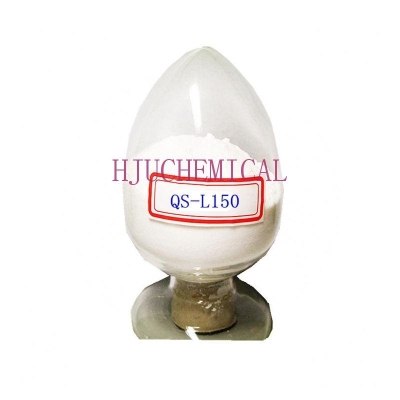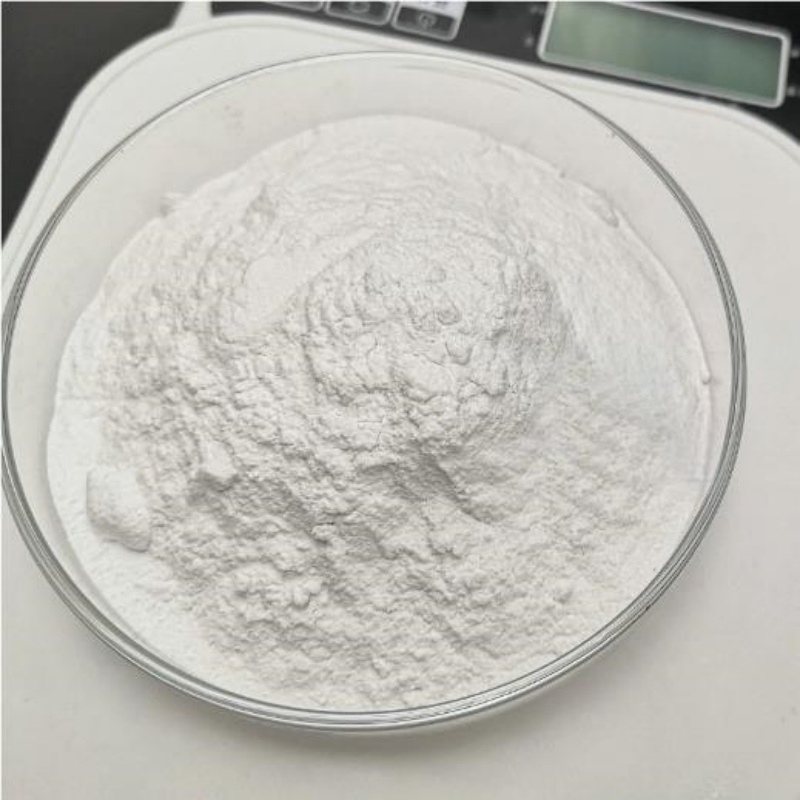-
Categories
-
Pharmaceutical Intermediates
-
Active Pharmaceutical Ingredients
-
Food Additives
- Industrial Coatings
- Agrochemicals
- Dyes and Pigments
- Surfactant
- Flavors and Fragrances
- Chemical Reagents
- Catalyst and Auxiliary
- Natural Products
- Inorganic Chemistry
-
Organic Chemistry
-
Biochemical Engineering
- Analytical Chemistry
-
Cosmetic Ingredient
- Water Treatment Chemical
-
Pharmaceutical Intermediates
Promotion
ECHEMI Mall
Wholesale
Weekly Price
Exhibition
News
-
Trade Service
At the VDI Automotive Engineering Plastics Conference in September 2021, Martina Hetterich, Senior Development Project Manager at KRAIBURG TPE, and Matthias Michl, Head of the Development Team for Automotive Applications, presented a thermoplastic elastomer (TPE) that reduces the weight of the finished product
.
The new TPE material uses 3M Deutschland GmbH hollow borosilicate glass beads, iM16K and iM30K
.
They point out that since glass beads have a density of 0.
13 g/cm³ to 0.
60 g/cm³, the TPE material has a density of 0.
7 g/cm³ to 0.
9 g/cm³ and is 25% lighter than thermoplastic vulcanizate and 50% lighter than PVC , compared to traditional TPE and TPV materials for automotive applications, the compression set is much lower, the same as EPDM rubber
.
Of the 3.
59kg in potential automotive exterior application weight savings, the glass run channel and door seals could be reduced by up to 40%, they said
.
The interior weight can be reduced by 30% (about 1.
62 kg), and the floor mat alone can be reduced by 1.
2 kg
.
In powertrain applications, TPE materials with glass beads can save 30% in weight compared to traditional TPE in active grille shutters, grommets and battery systems, and can save in EPDM hood seal replacements 40% by weight
.
It also offers efficiency and environmental benefits compared to traditional TPEs, according to the company
.
Low heat capacity allows for faster cooling times, shorter molding cycles and energy savings
.
Higher packing density enables higher filler content compared to traditional mineral fillers, which reduces TPE polymer content and provides low shrinkage and warpage
.
Due to its "homogeneous" surface and good adhesion to nylon, polypropylene and polypropylene/nylon blends, the material is suitable for traditional multi-component injection molding for power tool, sports and leisure applications
.
KRAIBURG TPE says it should be attractive in aerospace applications, including drones
.
About hollow glass beads
About hollow glass beadsInsulating glass microspheres were initially used in bulk and sheet molding compounds, and later expanded to other materials, including PVC, PP, nylon, and more
.
3M said at the end of January 2021 that it already has six official European plastic compounding partners using its hollow glass microspheres, some of which operate globally
.
Molder BBP Kunststoffwerk Marbach Baier GmbH presented at K 2019 a BMW hood produced from black glass fiber reinforced and glass bead filled nylon composites produced by Pentac Polymer GmbH
.
Audia Plastics sro in Voderady, Slovakia also uses hollow glass beads
.
So did Bada AG in Bühl, Germany, with the Badamid B70 G15/GK15 glass fiber reinforced and hollow glass bead filled nylon 6 compound
.







